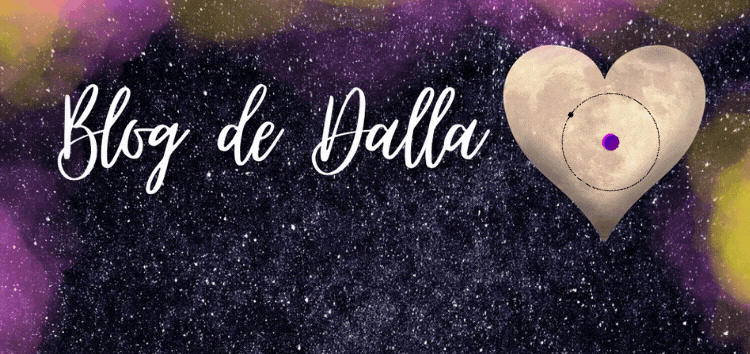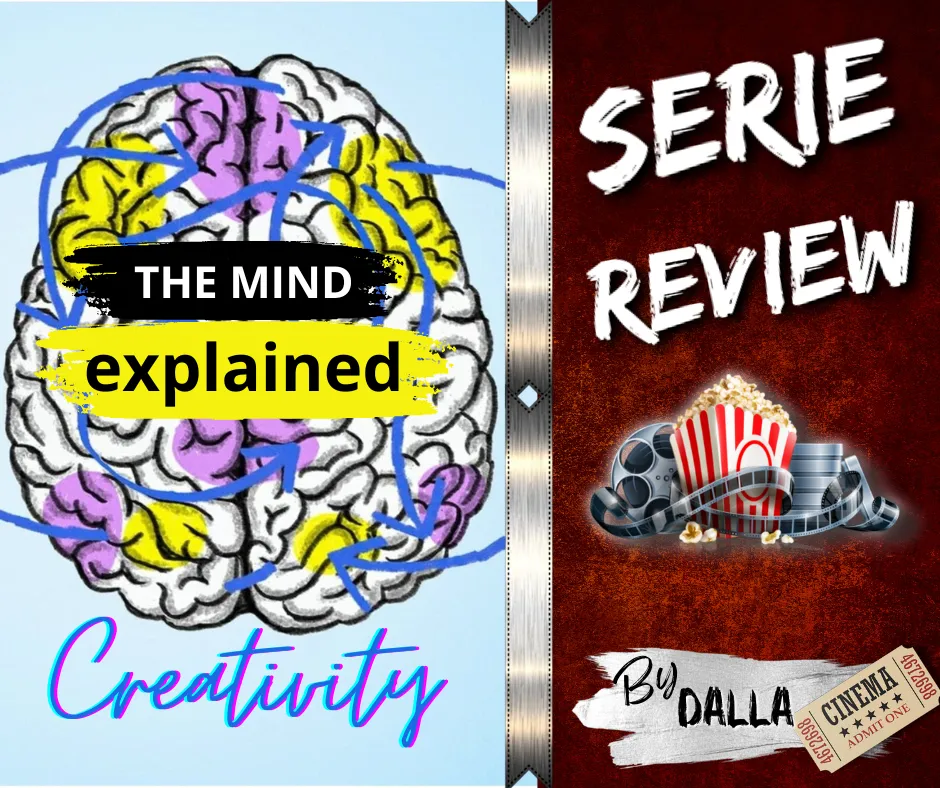

¡Saludos mis queridos espectadores de cine y tv! 🤗 Como les ya les dicho mis otros post que estoy publicando por aquí, estoy haciendo una Review de cada uno de los capítulos de la Serie / Documental de Netflix llamada: "The Mind Explained" o como lo tradujeron al español "La mente en pocas palabras", la cual es una serie que encierra un montón de cosas importantes que todos deberíamos conocer, por eso estoy dedicando un post a cada capítulo por separado para que quede disponible a todo el que quiera aprender un poco más de la mente humana a través de mi blog.
Si me han leído con anterioridad, saben que estos post quiero que queden como parte de la Psicoeducación que imparto en #hive, por lo que van a encontrar muchos Spoilers aquí, los pongo al tanto por si no quieren saber mucho de ellos, aunque como también ya les he dicho, lo que yo diga aquí va a ser muy poco con respecto a toda la información importante que deja cada capítulo, así que pueden tener seguridad de que si los ven completo igual van aprender muchísimo más de lo que yo les pueda enseñar aquí.
Les dejo los otros post que he hecho sobre la serie: 1-¿Cómo enfocar la Atención? 2-Personalidad en pocas palabras por si quieren leerlos también.
Greetings my dear movie and tv viewers! 🤗 As I already told you in my other posts I'm publishing here, I'm making a Review of each of the chapters of the Netflix Series / Documentary called: "The Mind Explained" or as translated into Spanish "La mente en pocas palabras", which is a series that contains a lot of important things that everyone should know, so I'm dedicating a post to each chapter separately to be available to everyone who wants to learn a little more about the human mind through my blog.
If you have read me before, you know that I want these posts to be part of the Psychoeducation that I give in #hive, so you will find many Spoilers here, I put them in case you do not want to know much about them, although as I have already said, what I say here will be very little with respect to all the important information that each chapter leaves, so you can be sure that if you see them complete you will learn a lot more than what I can teach you here.
I leave you the other posts I have done about the series: 1-How to focus attention 2-Personality in case you want to read them too.
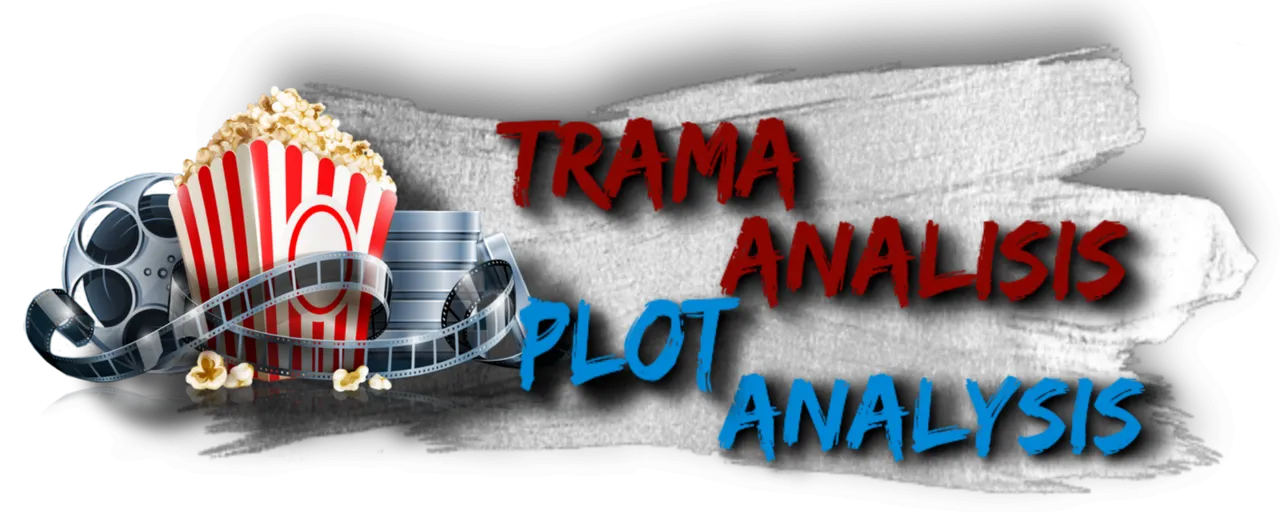
Este capítulo lo titulan Creatividad en pocas palabras y es una explicación de cómo funciona la creatividad en el ser humano; Me pareció una forma súper didáctica y sencilla de entender el proceso y sentirnos motivados a practicar lo que deseamos hasta que nos sintamos más creativos.
Sucede que muchas personas tienden a pensar que los genios o las personas que son excelentes en las artes o en las ciencias son diferentes del resto porque tienen una alta creatividad, a fin de cuentas se tiende a pensar que para cambiar el mundo hay que ver la vida con ojos diferentes, hay que imaginar soluciones a problemas a los que otros no les dan importancia o se rinden en solucionar, hay que ver cosas que otros ni siquiera les ha pasado nunca por la mente y es por eso que piensan que esos seres humanos tienen una estructura mental completamente distinta al resto.
Pero la verdad es que no, todos los seres humanos somos creativos por naturaleza, forma parte de nuestro ser, es por eso que desde la prehistoria el humano encontró soluciones a sus problemas como cazar, cocinar, comunicarse, etc, forma parte de nuestro cerebro y ha ido avanzando en la medida en la que ha pasado el tiempo.
La capacidad resolutiva forma parte de las funciones mentales superiores, al ser parte de la atención, conciencia, razonamiento, pensamiento y aprendizaje, y estas funciones son propias de todo ser humano, solo que es variable en cada uno y, dependiendo del empeño en que le pongan a cada función, se puede desarrollar en mayor o menor medida.
Uno de los orígenes principales de la creatividad es esa capacidad, porque en busca de solucionar problemas o sencillamente en busca de llevar a cabo ideas que tenemos en la mente, entonces ponemos a trabajar la imaginación y culminamos desarrollando algo que pone de manifiesto nuestro nivel de creatividad.
Entonces sí, básicamente todos los seres humanos somos creativos, solo que algunos se empeñan más que otros en desarrollar ese aspecto de nuestra mente y tomando en cuenta varios factores como la personalidad, por ejemplo, pueden o no ponerla de manifiesto cuando lo deseen.
This chapter is entitled Creativity in a nutshell and it is an explanation of how creativity works in human beings; I found it a super didactic and simple way to understand the process and feel motivated to practice what we want until we feel more creative.
It happens that many people tend to think that geniuses or people who are excellent in the arts or sciences are different from the rest because they have a high creativity, after all they tend to think that to change the world you have to see life with different eyes, you have to imagine solutions to problems that others do not give importance or give up on solving, you have to see things that others have never even crossed their minds and that is why they think that these human beings have a mental structure completely different from the rest.
But the truth is that no, all human beings are creative by nature, it is part of our being, that is why since prehistoric times humans found solutions to their problems such as hunting, cooking, communicating, etc., it is part of our brain and has been advancing as time has passed.
The ability to solve is part of the higher mental functions, being part of the attention, consciousness, reasoning, thinking and learning, and these functions are characteristic of every human being, only that it is variable in each one and, depending on the effort they put into each function, can be developed to a greater or lesser extent.
One of the main origins of creativity is that capacity, because in search of solving problems or simply in search of carrying out ideas that we have in our minds, then we put our imagination to work and we end up developing something that shows our level of creativity.
So yes, basically all human beings are creative, only that some are more determined than others to develop this aspect of our mind and taking into account various factors such as personality, for example, may or may not make it manifest when they wish.
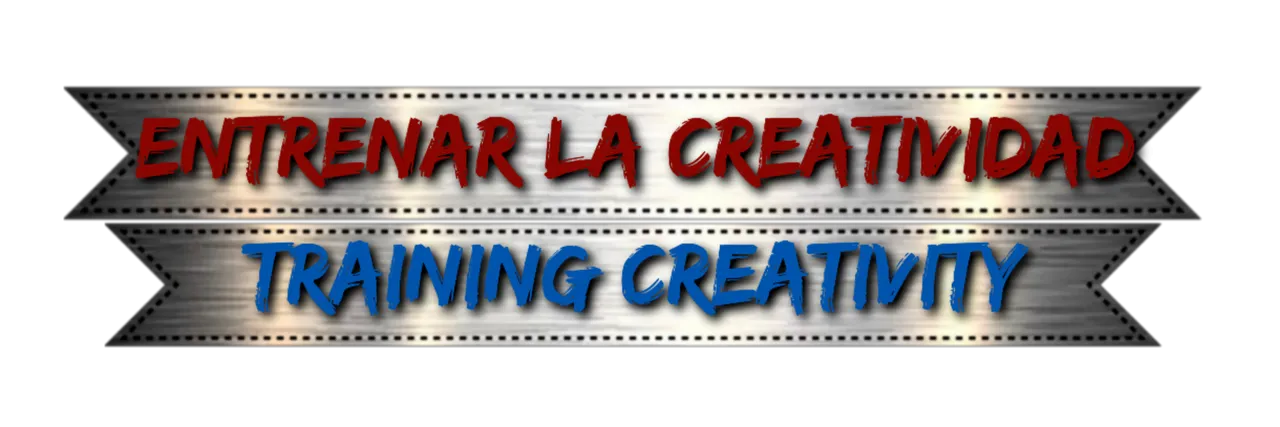


Este punto del capítulo es importante detallarlo, porque debe quedar claro que tal vez tengas una personalidad muy ejecutiva, tal vez muy automática o rígida, pero sí quieres cambiarla siempre es posible, en pocas palabras tal vez te consideres poco creativo y seas más de llevar a cabo actividades repetitivas y por ende consideres que no tienes una imaginación amplia, pero si te empeñas realmente puedes lograr tener el nivel de creatividad que desees.
En el capítulo están presente especialistas en el tema, como en toda la serie, en este caso una especialista en Neurociencia y de una forma bastante gráfica explica como anteriormente teníamos un concepto errado de la creatividad, de hecho, pueden verlo en múltiples imágenes en internet donde siempre muestran el cerebro humano con la división de ambos hemisferios donde el derecho es el más creativo y el izquierdo el más lógico.
Pero con el avance de la ciencia, gracias a los estudios científicos posteriores, comprendimos que realmente la creatividad es un proceso muchísimo más complejo y no solo pensar en que forma parte de un solo hemisferio, es decir, se necesita de la activación de varias áreas cerebrales para poder llevarla a cabo y es con el funcionamiento de ambos hemisferios cerebrales, no sólo uno.
Además, se comprendió que no tiene que ver nada con la estructura anatómica, no es que el cerebro de las personas creativas es distinto al de las personas más lógicas, es algo mucho más complejo que eso, se trata de las conexiones neuronales, de cómo funcionan circuitos complejos entre varios grupos de ellas y sus ramificaciones.
This point of the chapter is important to detail it, because it should be clear that you may have a very executive personality, perhaps very automatic or rigid, but if you want to change it is always possible, in short maybe you consider yourself uncreative and you are more to carry out repetitive activities and therefore consider that you do not have a wide imagination, but if you really strive you can achieve the level of creativity you want.
In the chapter are present specialists in the subject, as in the whole series, in this case a specialist in Neuroscience and in a very graphic way explains how previously we had a wrong concept of creativity, in fact, you can see it in multiple images on the internet where they always show the human brain with the division of both hemispheres where the right one is the most creative and the left one the most logical.
But with the advancement of science, thanks to further scientific studies, we understood that creativity is really a much more complex process and not only think that it is part of a single hemisphere, that is, it requires the activation of several brain areas to carry it out and it is with the operation of both brain hemispheres, not just one.
In addition, it was understood that it has nothing to do with the anatomical structure, it is not that the brain of creative people is different from that of more logical people, it is something much more complex than that, it is about neural connections, how complex circuits work between several groups of them and their ramifications.

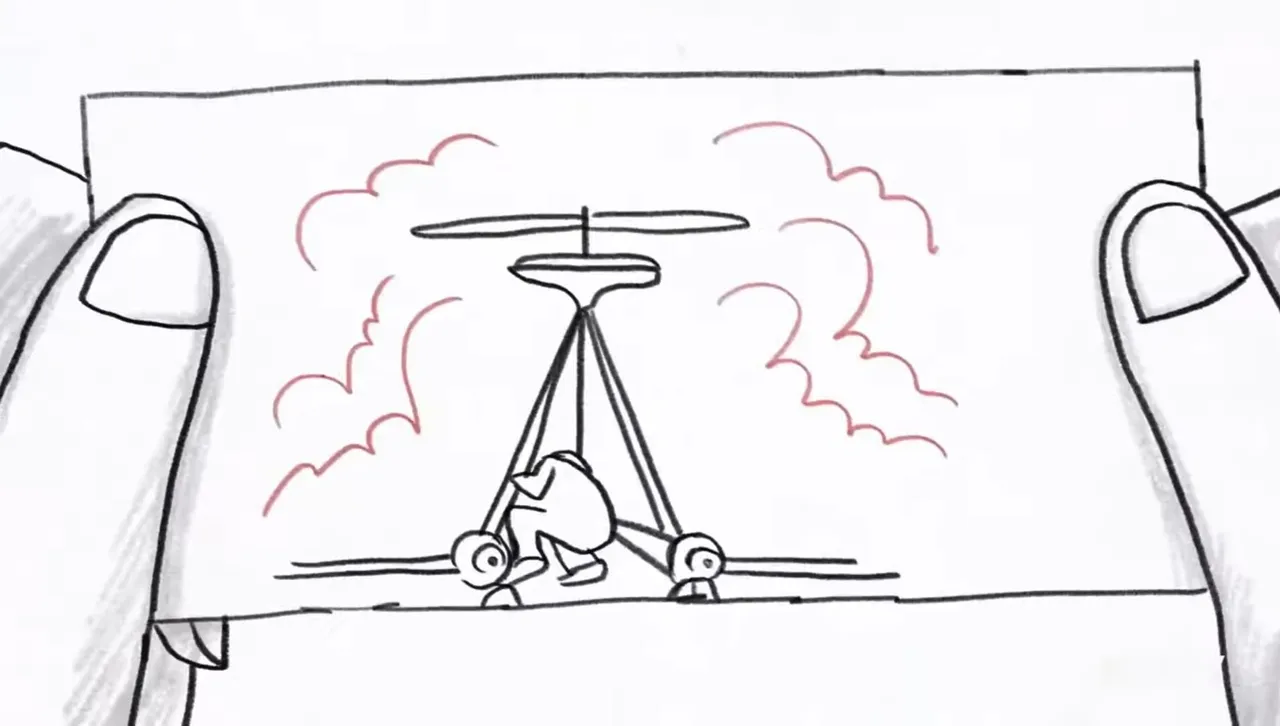

Este punto también me pareció súper importante de resaltar en mi post y es que cuando hablamos de creatividad no podemos solo pensar en las lluvias de ideas, o la mayor imaginación, porque realmente una persona poco creativa puede tener este patrón, el proceso realmente depende fundamentalmente de 2 procesos o circuitos neuronales.
El primero, es la llamada: "Red Neuronal por Defecto", la cual está constituida por un circuito de conexiones neuronales que permiten que las ideas aparezcan de forma espontánea, ella te hará imaginar un sin fin de cosas ante las distintas situaciones, tal vez quieras escribir sobre algo, tal vez quieras resolver una incógnita, tal vez quieras buscar solución a un problema, etc, es la que te permitirá tener en un inicio la lluvia de ideas.
Por lo general los niños tienen este sistema más activo, es por ello que su imaginación es tan amplia, esta red funciona con libertad total en cualquier momento en ellos, de hecho, en los momentos en los que se busca conscientemente lograr que sea más activa esta red, muchas veces en las terapias se recomienda que apelen a su niñez, básicamente piensen como si fueran niños, como en las prácticas de actuación o comedia, ejemplos que dan y detallan en el capítulo.
Pero, por supuesto esta lluvia de ideas debe ser regulada, porque podemos querer imaginar llegar a la luna a través de un árbol, por ejemplo, pero alguien debe decirle a ese grupo de neuronas que eso no es factible y que debe dejar de lado algunas ideas. Es ahí cuando el otro grupo de conexiones neuronales deben hacer su trabajo.
Ese otro grupo de conexiones las conocemos como: "Red Atencional Ejecutiva", es esta red la que se encargará de determinar cuál de todas esas ideas podrás llevar a cabo y determinará en qué enfocar tu atención, porque realmente la imaginación puede ser infinita, pero si no hay algo que ponga límites no tendría mucho sentido el tener tal nivel de creatividad y además el gasto energético sería muy alto.
Por supuesto esta red se asocia más a la madurez, al raciocinio, a la conciencia, y por consiguiente está más presente en la adultez, es justamente ella la que limita la imaginación y la que hace que una persona termine siendo a la larga menos creativas. Tomando en consideración esto es que los Neurocientíficos recomiendan intentar acceder al inconsciente, que es donde ella está menos presente, y esto me lleva al siguiente punto…
This point also seemed to me super important to highlight in my post and is that when we talk about creativity we can not only think of brainstorming, or the greatest imagination, because really an uncreative person can have this pattern, the process really depends primarily on 2 processes or neural circuits.
The first one is called: "Default Neural Network ", which consists of a circuit of neural connections that allow ideas to appear spontaneously, it will make you imagine endless things in different situations, maybe you want to write about something, maybe you want to solve a question, maybe you want to find a solution to a problem, etc., is what will allow you to have at the beginning the brainstorming.
Generally children have this system more active, that is why their imagination is so wide, this network works with total freedom at any time in them, in fact, in the moments in which they consciously seek to make this network more active, many times in therapies it is recommended that they appeal to their childhood, basically think as if they were children, as in the practices of acting or comedy, examples that are given and detailed in the chapter.
But, of course this brainstorming must be regulated, because we may want to imagine reaching the moon through a tree, for example, but someone must tell that group of neurons that this is not feasible and that they must put aside some ideas. That is when the other group of neuronal connections must do their job.
We know this other group of connections as: "Executive Attentional Network ", it is this network that will be in charge of determining which of all those ideas you will be able to carry out and will determine what to focus your attention on, because really imagination can be infinite, but if there is not something that sets limits it would not make much sense to have such a level of creativity and also the energy expenditure would be very high.
Of course this network is associated more with maturity, reasoning, consciousness, and therefore is more present in adulthood, it is precisely it that limits the imagination and what makes a person end up being less creative in the long run. Taking this into consideration is that neuroscientists recommend trying to access the unconscious, which is where it is less present, and this leads me to the following point...
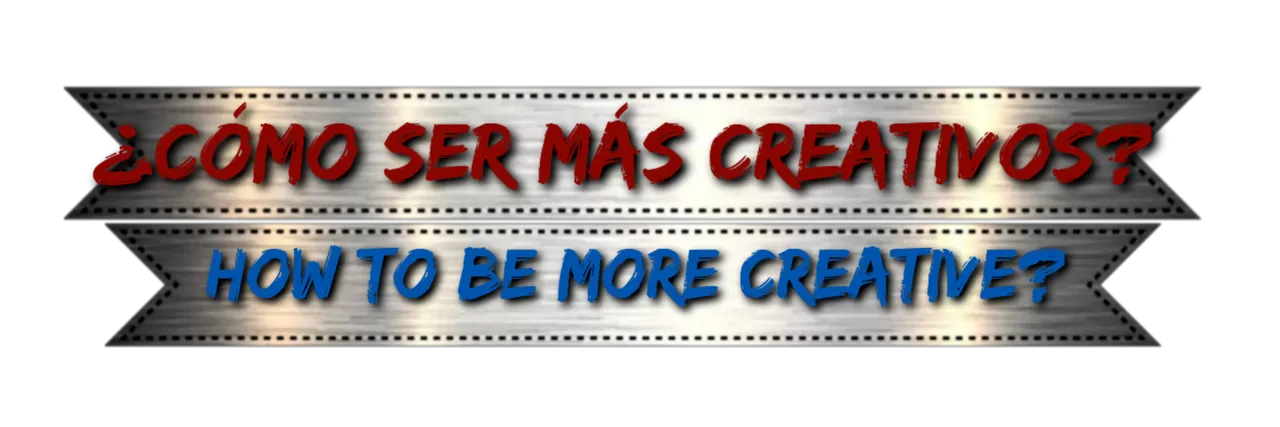
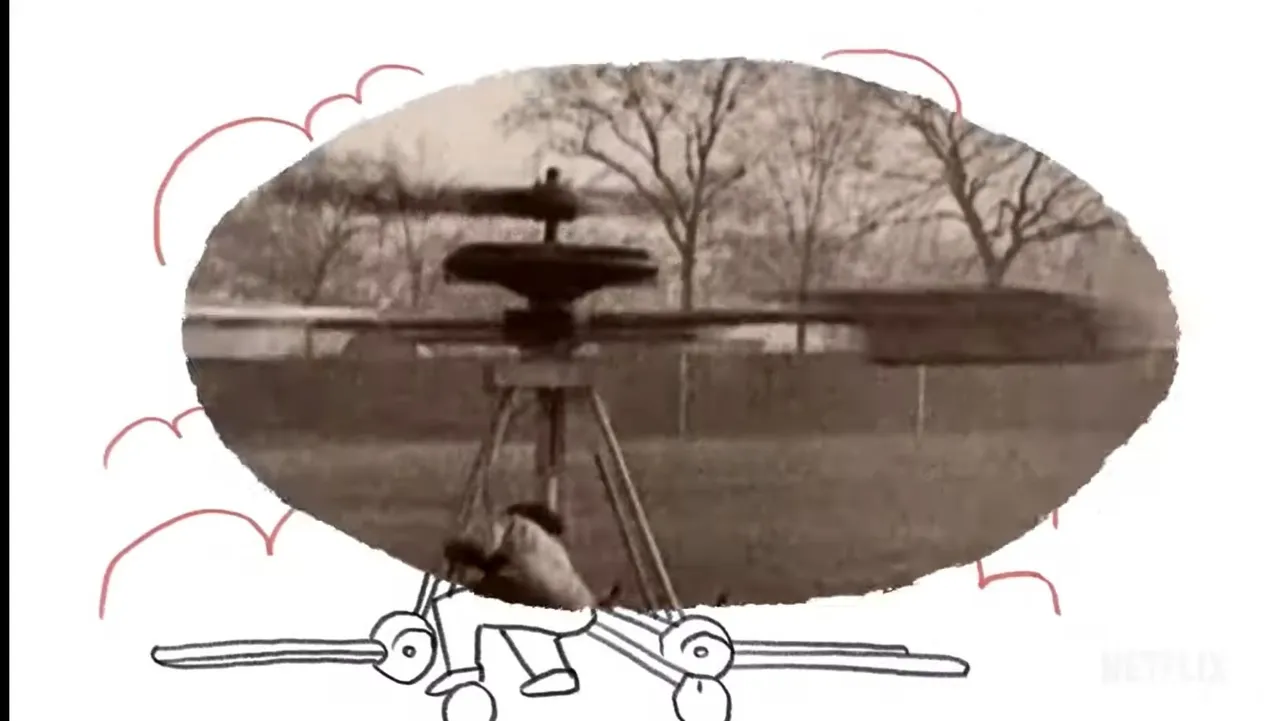

-"Intentar acceder al inconsciente" ¿Se puede hacer eso? Sí, claro que sí, a través de algunas técnicas que no voy a detallar aquí porque son bastante complejas, además podría traer consigo algunas consecuencias negativas para ti si no sabes manejarlas del todo. La forma más sencilla de hacerlo es a través del sueño, por eso se recomienda cuando una persona tiene un bloqueo creativo que intente dormir mejor, tal vez tengas un problema que no sepas cómo solucionar, o quieras escribir algo, pero no te surjan ideas, después de dormir podrías obtener la respuesta.
-"No pensar demás", sé que les expliqué que la Red Neuronal Ejecutiva regulará en algún momento todo el proceso, pero conscientemente puedes lograr tener más libertad en la lluvia de idea al practicar no intentar buscarle tanta lógica a las situaciones o los pensamientos; es decir, solo dejar fluir lo primero que se te venga a la mente, tu cerebro igual pondrá en funcionamiento el mecanismo, pero si realizas la práctica de forma consistente puedes llegar a ser un experto en ello, como en todo.
-"Aprende a fallar", tener miedo constante a la pérdida, al fracaso, a la no aceptación, etc, te hará limitarte en tus ideas, la recomendación es que no te importe lo que suceda al final, solo disfruta el proceso creativo, al final tal vez no habrás ganado lo que se supone ibas a lograr, pero siempre obtendrás una nueva experiencia que ampliará tu imaginación y por consiguiente tener mayor creatividad.
-"Aprende a Lidiar con la incertidumbre", el exponerte a lo desconocido, al no saber qué pasará, a la inseguridad, a la incomodidad, hará que tu imaginación fluya más libremente, básicamente se sugiere intentar que no importe lo que diga la gente, hacer las cosas diferentes sin importar el juicio de los demás. Recomiendan mucho conocer nuevas culturas, viajar, interactuar con desconocidos, está comprobado científicamente que el abrirse a conocer nuevas culturas hacen a las personas más creativas, pero no solo ir de viaje, sino integrarte a esa esa cultura y relacionarse.
-"Practica varias cosas a la vez", usualmente las personas que intentan dedicarse a un campo creen que si solo se especializan en ese campo van a ser los mejores en eso, pero la realidad es que la mayoría de los genios creativos del mundo como Leonardo da Vinci, o Albert Einstein, practicaban muchas cosas a la vez, como las distintas artes, a la vez que estudiaban ciencias. El poner a tu cerebro a trabajar en distintas áreas hará que se creen nuevas conexiones neuronales y se activarán más fáciles cada vez, al final de tanto practicar diversas actividades hay mayor probabilidad de que en alguna terminen siendo lo suficientemente buenos.
Existen otras muchas recomendaciones e información que dan en el documental, por eso mis queridos hivers ¡Créanme! ya que aquí todos somos creadores de contenido, ¡todos! necesitamos ver este capítulo.
-"Trying to access the unconscious" Is it possible to do that? Yes, of course you can, through some techniques that I am not going to detail here because they are quite complex, besides it could bring some negative consequences for you if you don't know how to handle them at all. The easiest way to do it is through sleep, that's why it is recommended when a person has a creative block to try to sleep better, maybe you have a problem that you don't know how to solve, or you want to write something, but no ideas come up, after sleeping you could get the answer.
-"Don't think too much", I know I explained that the Executive Neural Network will regulate at some point the whole process, but consciously you can achieve more freedom in brainstorming by practicing not trying to find so much logic to situations or thoughts; that is, just let flow the first thing that comes to your mind, your brain will still put the mechanism into operation, but if you practice consistently you can become an expert at it, as in everything.
-"Learn to fail", having constant fear of loss, failure, non-acceptance, etc, will make you limit yourself in your ideas, the recommendation is that you do not care what happens in the end, just enjoy the creative process, in the end maybe you will not have won what you were supposed to achieve, but you will always get a new experience that will expand your imagination and therefore have more creativity.
-"Learn to deal with uncertainty", exposing yourself to the unknown, to not knowing what will happen, to insecurity, to discomfort, will make your imagination flow more freely, basically it is suggested to try not to care what people say, to do things differently regardless of the judgment of others. It is scientifically proven that opening up to new cultures makes people more creative, but not just going on a trip, but integrating yourself to that culture and interacting with it.
-"Practice several things at the same time", usually people who try to dedicate themselves to a field believe that if they only specialize in that field they will be the best in it, but the reality is that most of the creative geniuses of the world as Leonardo da Vinci, or Albert Einstein, practiced many things at the same time, such as the different arts, while studying science. Putting your brain to work in different areas will create new neural connections and make them easier to activate each time, at the end of practicing so many different activities there is a higher probability that in one of them you will end up being good enough.
There are many other recommendations given in the documentary, so my dear hivers, believe me! since we are all content creators here, we all! need to see this chapter.

¿Me gustó? Totalmente, son capítulos cortos, pero si los ven concienzudamente e intentan sacar el mayor provecho posible, les aseguro que les va a gustar, siempre y cuando les interesen estos temas sobre cómo funciona nuestra mente.
¿Lo vería otra vez? ¡Totalmente! las veces que sea necesario, este tipo de series las puedo ver muchísimas veces sin aburrirme, y siempre hay información que puedo ampliar y me hace recordar el por qué me gusta tanto aprender de la mente y poder comprender mejor a cada ser humano con sus particularidades.
¿La recomendaría? ¡Sí! sobre todo a los hivers que de por sí son creadores de contenido y que muchas veces caen en estancamientos creativos, conocer las estrategias para ayudarse así mismos será siempre necesario, aun cuando no lo requieran actualmente tal vez en el futuro les puedan ser de utilidad.
I liked it? Totally, they are short chapters, but if you watch them conscientiously and try to get the most out of them, I assure you that you will like them, as long as you are interested in these topics about how our mind works.
Would I watch it again? Totally! as many times as necessary, I can watch this type of series many times without getting bored, and there is always information that I can expand on and it makes me remember why I like learning about the mind so much and being able to better understand each human being with their particularities.
Would I recommend it? Yes! Especially to hivers who are content creators themselves and who often fall into creative stagnation, knowing the strategies to help themselves will always be necessary, even if they don't need it now, maybe in the future it will be useful for them.

Thank you for reading me!

The rest of the images were taken as screenshots from the documentary on Netflix.
@liveofdalla using Canvas App and Picsart App.
